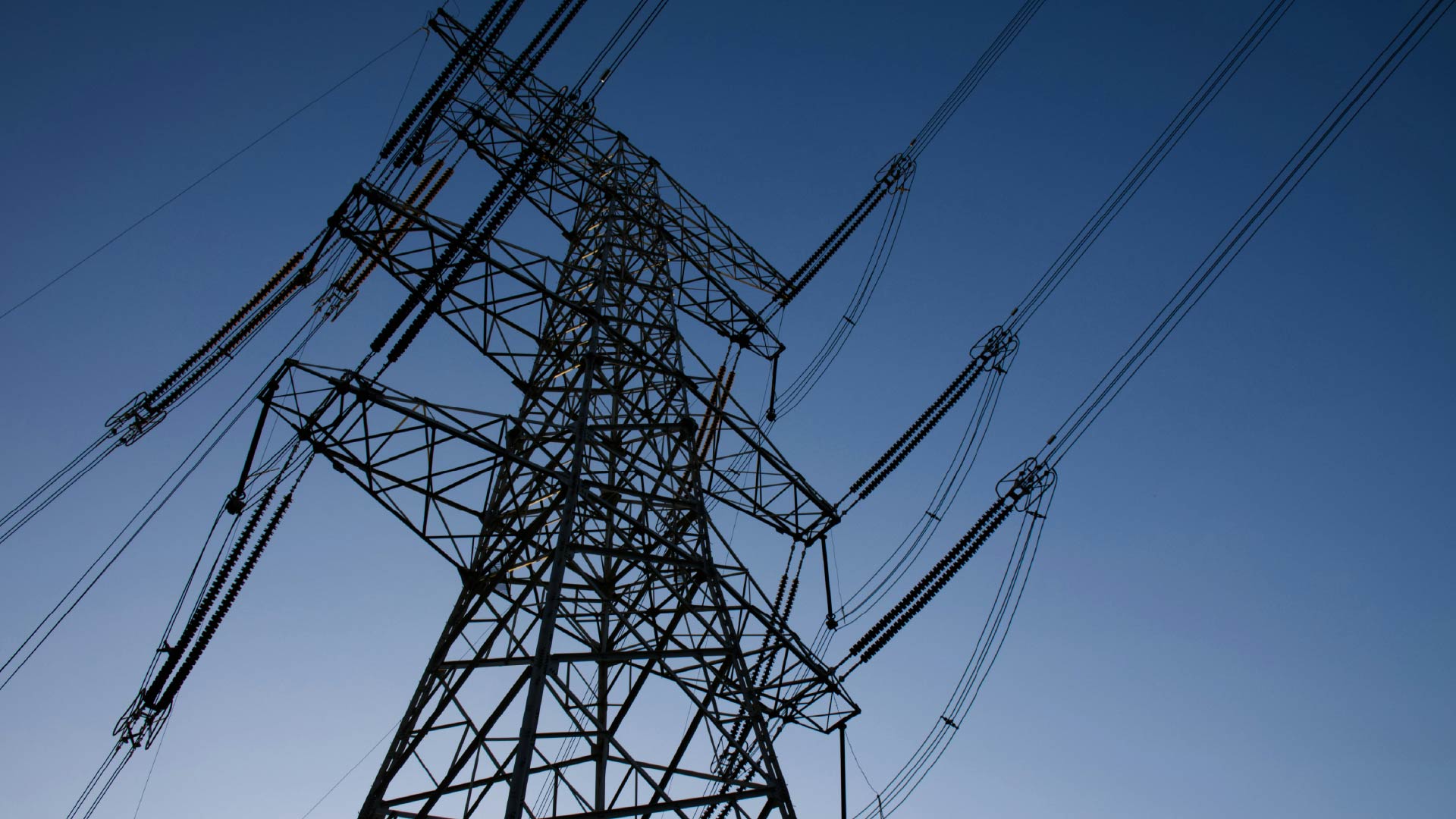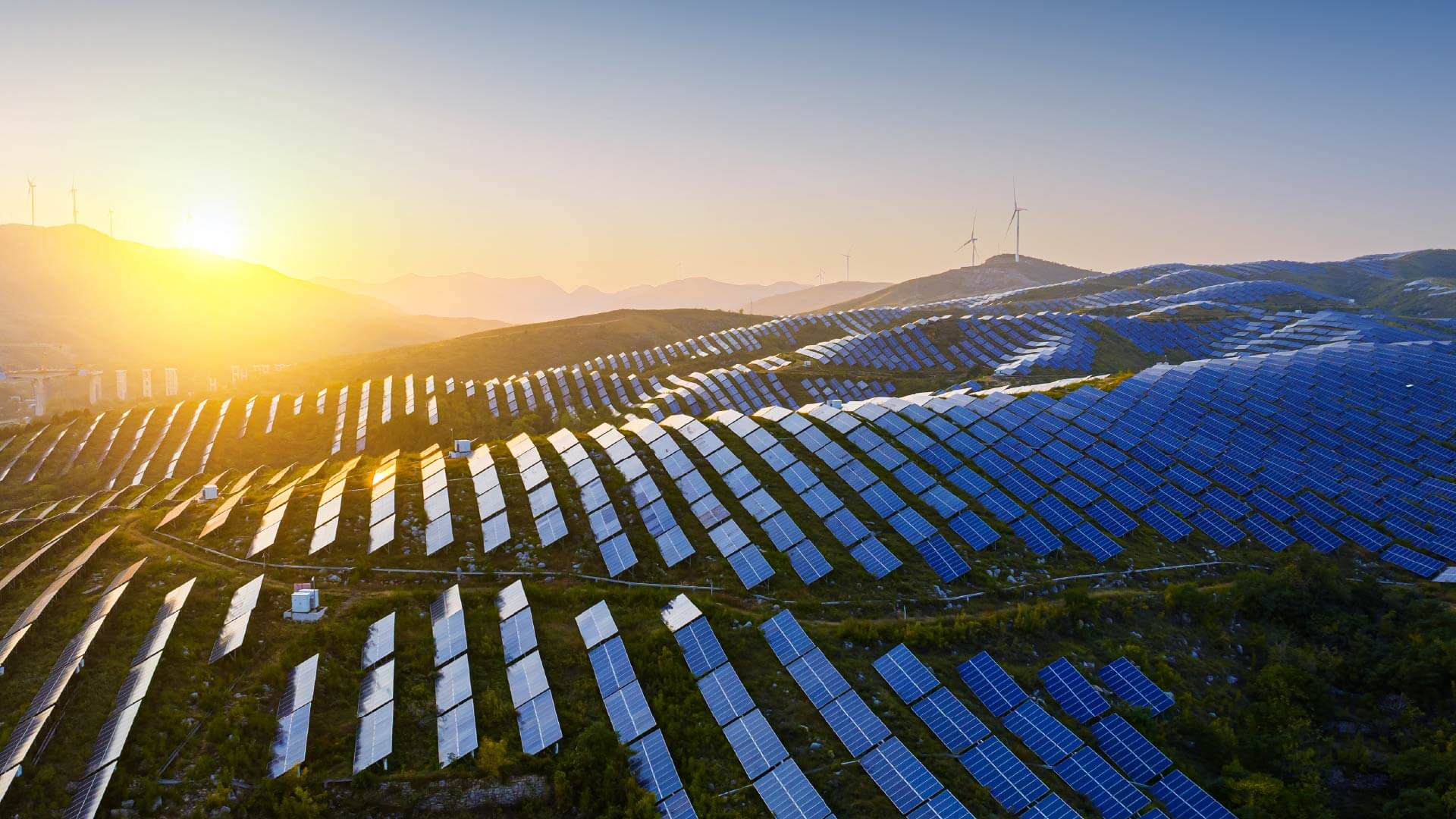As Ocean Temperatures Hit Record Highs, Oceanic Carbon Reduction Demands Our Attention

Maya Hilmi
According to preliminary data gathered by climate scientists from the National Oceanic and Atmospheric Administration (NOAA), the world’s ocean surface temperature has reached a record high. The average temperature on the ocean’s surface hit 21.1°C at the start of April 2023 – beating the previous high of 21°C set in 2016. Warmer ocean temperatures equate to a higher risk of storms, melting ice sheets, as well as rising sea levels. This record high not only signals significant risks to our climate, but also poses serious hazards to wildlife and ecosystems.
However, there is a glimmer of hope. Investing in projects that help adapt to climate risks, such as blue carbon projects, can play a critical role in managing the negative impacts of climate change on our oceans.
The ocean absorbs up to 90% of the heat caused by greenhouse gas emissions. As such, even under the most ambitious scenarios for emission reductions, ocean temperatures are expected to at least double from current levels by the end of the century. Investments in the marine environment, however, can help reverse this. Blue carbon projects leverage the unique ability of coastal ecosystems such as mangroves, seagrasses and salt marshes to sequester and store carbon at a rate up to ten times more carbon per unit area than terrestrial forests.
Seagrass meadows, for example, are disappearing at a rate of 7% a year. Yet, they can store carbon 35 times faster than tropical forests, and for millennia rather than decades. Academic research has shown that seagrass meadows are 40 times more efficient at capturing carbon than land forest soils, and mixed seagrass types are resilient to rising sea temperatures – thus amplifying their carbon sequestration potential.
The French Directorate General for Energy and Climate (DGEC) approved a seagrass carbon credits system, the first low-carbon methodology for seagrass bed protection in Europe. The project, developed collaboratively between EcoAct, Digital Realty France, Schneider Electric France and the Calanques National Park, can sequester about 24,000 tCO2e per year. This breakthrough project may spark development of future projects, and advance research on this unique ecosystem.
Many firms recognize the potential of blue carbon projects and have already made significant investments in this area. For example:
- Apple partnered with Conservation International to develop a large-scale mangrove restoration project in Colombia through its Supplier Clean Energy Program.
- Disney has committed nearly $100 million to more than 30 nature-based solutions projects that address climate change and facilitate co-benefits such as conserving habitat for wildlife and protecting water resources.
While we should still be focusing on emissions reduction, offsetting is necessary for many industries to reach net zero targets and alleviate the impacts on vital habitats like our oceans. By investing in nature-based solutions like blue carbon projects, firms can contribute to a more sustainable future and help protect the health and wellbeing of our planet for generations to come.
About The Author

Maya Hilmi
Analyst





